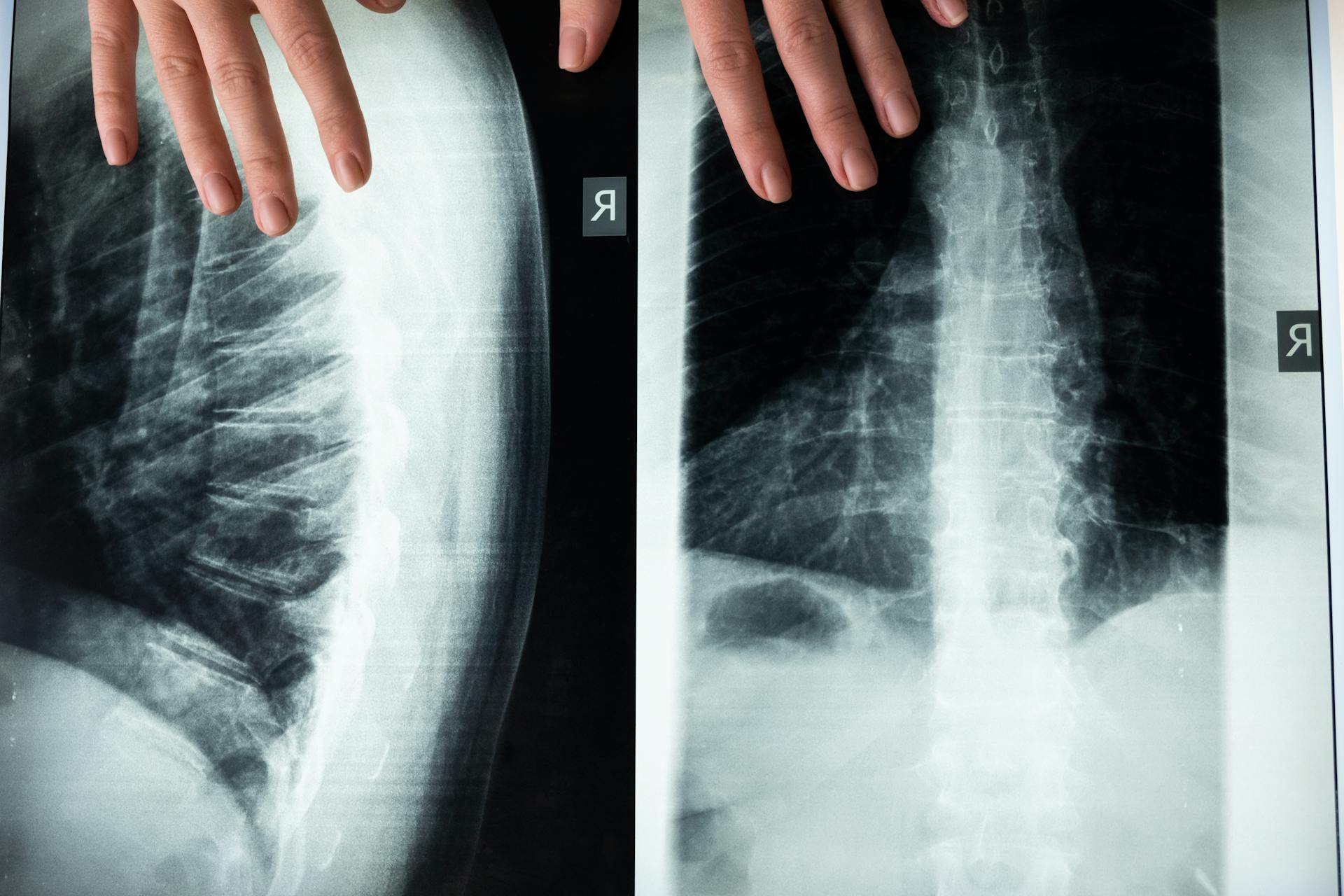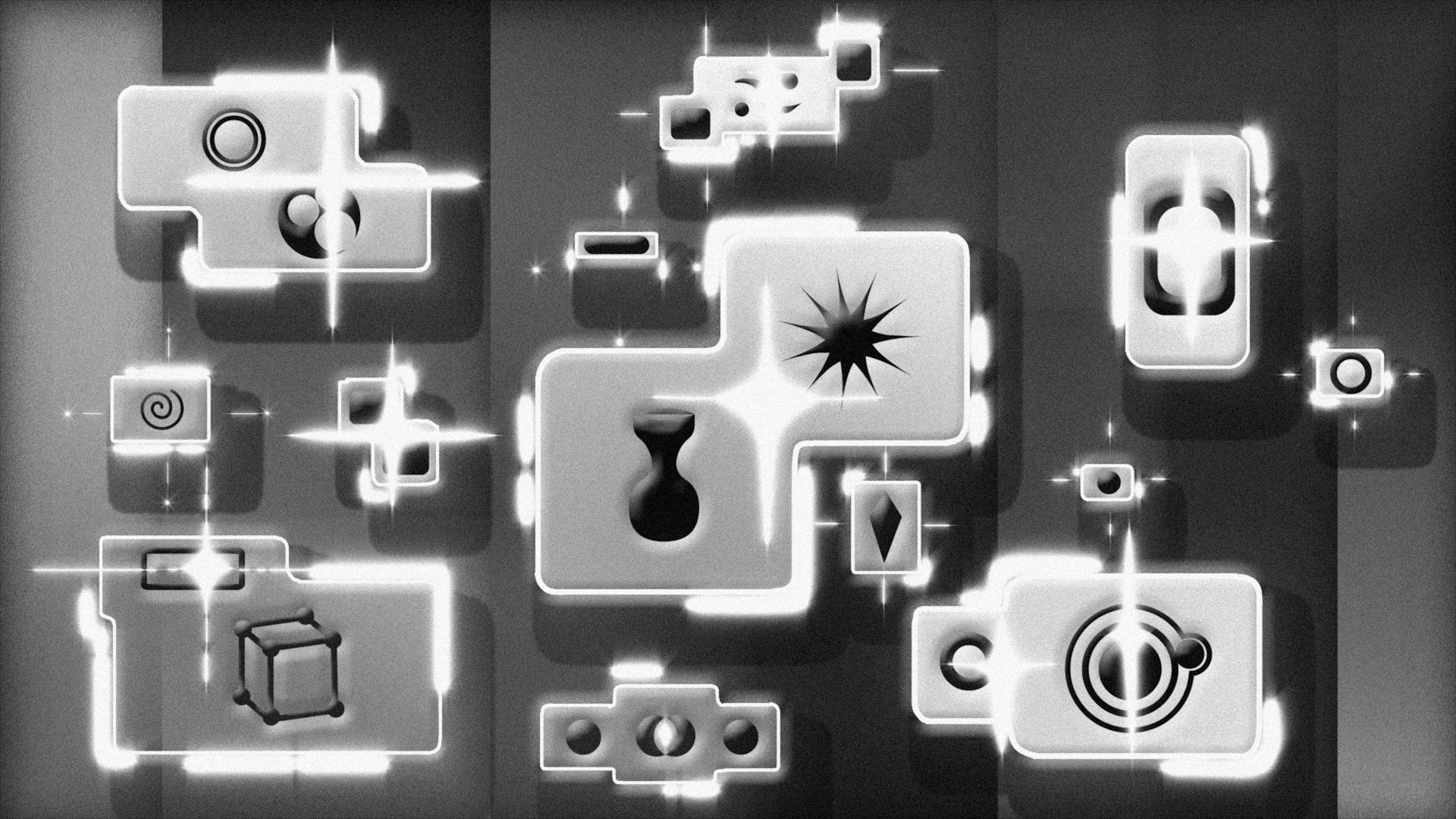
The future of healthcare informatics is looking bright, with emerging trends that are set to revolutionize the way we approach healthcare. With the increasing use of artificial intelligence, AI will play a key role in improving patient outcomes and streamlining healthcare processes.
The integration of AI and machine learning in healthcare informatics will enable the analysis of large amounts of data, leading to more accurate diagnoses and personalized treatment plans. This will be particularly beneficial for patients with rare or complex conditions.
Healthcare informatics will also see the rise of telemedicine, allowing patients to access medical services remotely and reducing the need for hospital visits. This will not only improve patient convenience but also reduce healthcare costs.
The use of electronic health records (EHRs) will become more widespread, providing healthcare professionals with instant access to patient information and enabling more efficient care coordination.
Curious to learn more? Check out: Generative Ai Healthcare Use Cases
Healthcare Informatics Career
The field of healthcare informatics is a rapidly growing industry with a wide range of career opportunities. The 2019 median wage for someone in the field of health informatics was $42,630, with top 10% earners making $71,150 or more.
Here's an interesting read: Informatics Engineering
To succeed in this field, a strong educational foundation is essential. Most positions require either a bachelor's degree or master's degree, with popular degree programs including the Bachelor of Science in Health Informatics, Master of Science in Health Informatics, and Master of Information Systems.
Some of the roles that healthcare informatics professionals can pursue include Healthcare Project Manager, Healthcare Systems Analyst, and Electronic Medical Records Specialist. The Bureau of Labor Statistics has projected 22 percent growth in these career opportunities over the next 10 years.
Here are some examples of healthcare informatics careers and their median salaries:
With the growth of electronic health records (EHRs) and the increasing demand for healthcare informatics professionals, this field is poised for continued growth and expansion.
What Is the Pay Scale and Job Outlook for Careers?
The pay scale and job outlook for careers in healthcare informatics are quite promising. The 2019 median wage for someone in the field was $42,630, with the top 10% earning $71,150 or more. This is a significant increase from the lower-paying jobs, such as those with an associate degree.
The field is expected to grow at a rate of 8%, which is double that of most other jobs, adding 27,328 new jobs through 2029. This growth is largely driven by the implementation of the electronic health record, or EHR, which allows for swift and accurate transfer of patient data.
Healthcare informatics professionals work in a variety of settings, including healthcare facilities, medical billing companies, and health insurance companies. Their salaries can range from $42,630 to over $160,000 annually, depending on their level of education and experience.
Here's a breakdown of the median salaries for different roles in healthcare informatics:
- Director of Clinical Informatics: $160,000 or more
- Charge Nurse: $85,000 annually
- Healthcare Project Manager: $71,150 or more
- Healthcare Systems Analyst: $71,150 or more
- Electronic Medical Records Specialist: $42,630 to $71,150 or more
These figures demonstrate the potential for significant earning potential in the field of healthcare informatics.
Clinical
Clinical informatics is the application of informatics and information technology to deliver healthcare services. It's also referred to as applied clinical informatics and operational informatics.
Clinical informaticists analyze data or medical images to help clinicians develop a care plan for patients. They can also develop interfaces to health IT systems to make it easier for caregivers to view and use health data.
Take a look at this: Health Informatic Specialist
Clinical research informatics involves the use of informatics in the discovery and management of new knowledge relating to health and disease. This includes management of information related to clinical trials and secondary research use of clinical data.
In direct patient care, clinical informatics supplies caregivers with information to develop a care plan.
Worth a look: Use Case Informatic
Healthcare Informatics Education
Healthcare informatics education is a crucial step in preparing individuals for careers in this field.
Some colleges and universities now offer specialized bachelor's degrees in health informatics, which can be a good starting point for a career in healthcare informatics.
A master's degree in health informatics is also available at some schools, and degrees in healthcare information management can provide good preparation for jobs in the field.
To earn a degree in health informatics, students typically need to complete around 120 credits, including core classes, major classes, and electives.
For example, the University of Alabama at Birmingham offers a Master of Science in Health Informatics that can be completed in 24 months, and students do not need a healthcare background to earn this degree.
Here's an interesting read: Health Informatic Certification
Here are some possible degree options for a career in health informatics:
- Bachelor of Science in Health Informatics
- Bachelor of Information Technology
- Bachelor of Science Business—Information Technology Management
- Master of Science in Health Informatics
- Master of Information Systems
- Master of Health Informatics
- Master of Nursing Informatics
Students can also specialize in various areas of information technology, such as bioinformatics, public health informatics, organizational informatics, social informatics, and clinical informatics.
Healthcare Informatics Technology
Healthcare Informatics Technology is all about using information technology to deliver healthcare services. This field is also known as applied clinical informatics and operational informatics.
Clinical informaticists use information technology to supply physicians, nurses, and other caregivers with the information they need to develop a care plan. They analyze data or medical images to help clinicians make informed decisions.
To work in healthcare informatics technology, you'll need to understand how to develop interfaces to health IT systems. This will help clinical caregivers view and use health data more easily.
IT Infrastructure
Healthcare informatics relies heavily on a strong IT infrastructure, but what exactly does that mean? Breaking down the 7 types of health informatics can give us a better understanding of the complexities involved.
Health informatics involves using technology to achieve better patient outcomes, and to understand trends and perceptions in the field of healthcare. For example, the use of SNOMED CT (Systematized Nomenclature of Medicine -- Clinical Terms) helps standardize medical terminology.
Patient safety is a top priority in healthcare, and improvements in IT infrastructure have contributed to a decline in hospital-acquired infections (HAIs) and medication errors. Despite progress, state-by-state variation in patient safety remains an issue that needs addressing.
A robust IT infrastructure is essential for deploying large language models (LLMs) at scale in healthcare settings. A study revealed a cost-efficient strategy for LLM deployment, which can streamline clinical workflows and reduce costs.
Here are some key IT infrastructure components that support healthcare informatics:
- Health information technology (HIT) systems
- Electronic health records (EHRs)
- Telehealth platforms
- Analytics tools
Cybersecurity is a critical aspect of healthcare IT infrastructure, and the Department of Health and Human Services (HHS) has not yet implemented all of the Government Accountability Office's (GAO) recommended cybersecurity measures.
Privacy-Preserving Protocols
Healthcare Informatics Technology is a rapidly evolving field that's making a significant impact on medical care, education, and research. Dr. Samet's research in Health Informatics (HI) has shed light on the importance of protecting patient data.
HI has become a hot and challenging interdisciplinary field, and it's clear that data privacy is a top concern. Dr. Samet's talk highlighted the need for robust privacy protocols to safeguard sensitive information.
Federated deep learning approaches, such as the ones discussed by Dr. Khalid Malik, offer a promising solution for preserving patient data while still allowing for accurate predictions. These methods enable the extraction of features from multi-modal data without compromising patient confidentiality.
The importance of explainability in healthcare informatics cannot be overstated. Dr. Khalid Malik's work on explainable multimodal knowledge infused edge AI models has shown that it's possible to achieve higher accuracy and better explainability with symbolic approaches.
Related reading: Dr. Andrew Ng
Enabling Web-Scale Data Integration in Biomedicine Through Linked Open Data
Enabling Web-Scale Data Integration in Biomedicine Through Linked Open Data is a key concept in healthcare informatics. This approach has been explored by Dr. Maulik Kamdar, a Senior Data Scientist at Elsevier Health, who presented a talk on this topic.
Dr. Kamdar's talk highlighted the opportunities and challenges of using Linked Open Data (LOD) to integrate biomedical data and knowledge. He covered the major bottlenecks that hinder the widespread use and consumption of LOD by the wider biomedical research community.
One of the key challenges is the complexity of biomedical ontologies and linked open data graphs across the LOD cloud. Dr. Kamdar's systematic analyses have shed light on these bottlenecks.
To overcome these challenges, Dr. Kamdar suggested technical solutions and next directions for mitigating these bottlenecks. His insights have the potential to revolutionize the way we approach data integration in biomedicine.
Here's a summary of the courses that can help you develop skills in healthcare informatics:
Deep Learning for Musculoskeletal Ultrasound
Deep Learning for Musculoskeletal Ultrasound is a rapidly growing field that's revolutionizing the way we diagnose and treat musculoskeletal disorders. Dr. Hazrat Ali from Umea University Hospital Sweden will be presenting his research work on this topic in a webinar.
Deep learning algorithms are being used to improve the accuracy of musculoskeletal ultrasound image analysis. This is a significant breakthrough as it can lead to more accurate diagnoses and better patient outcomes.
The division plan to organize monthly webinars throughout the academic year to promote scientific research in this field.
Intriguing read: Machine Learning Healthcare Applications
Clinical Research
Clinical Research is a vital aspect of healthcare informatics technology. Clinical research informatics involves the use of informatics to discover and manage new knowledge about health and disease.
This field includes managing information related to clinical trials and also involves informatics related to secondary research use of clinical data. Clinical research informatics and translational bioinformatics are the primary domains related to informatics activities to support translational research.
Clinical informatics plays a crucial role in direct patient care by providing caregivers with information to develop a care plan. Clinical informaticists analyze data or medical images to help clinicians retrieve that information.
They can also develop interfaces to health IT systems to help clinical caregivers view and use health data more easily. This can greatly improve patient care and outcomes by making relevant information readily available to those who need it.
Healthcare Informatics Industry
The healthcare informatics industry is a rapidly growing field that combines healthcare and technology to improve patient care and outcomes. It's estimated that the global healthcare informatics market will reach $250 billion by 2025.
Healthcare informatics professionals use data analytics and other tools to identify trends and patterns in patient data, which can help healthcare providers make more informed decisions. This can lead to better patient outcomes and more efficient use of resources.
Electronic Health Records (EHRs) are a key component of healthcare informatics, allowing healthcare providers to access and share patient information securely and efficiently.
Public
Public health informatics is a vital area of focus in the healthcare informatics industry. It involves the application of computer science and information technology to public health administration, including disease surveillance, prevention, preparedness, and health education.
Public health informatics guides government and nonprofit health administrators in making data-driven decisions about public health policies and programs. This includes clinical data registries and chronic disease prevention.
The American Medical Informatics Association (AMIA) focuses on the aspects of public health that enable the development and use of interoperable information systems for public health functions. These functions include biosurveillance, outbreak management, electronic laboratory reporting, and prevention.
Public health informatics is extremely broad and can touch on various aspects of public health, including the environment, work, and living places.
Chief Medical Information Officer
The chief medical information officer, also known as the director of health informatics or the director of medical informatics, plays a crucial role in designing and integrating technology into physicians' workflows. They serve as intermediaries between physicians and the IT department.
Their duties can overlap with those of a chief nursing informatics officer, which is typically more targeted at evaluating products and developing a workflow within which nursing teams can effectively use the technology they most commonly work with, the EHR system.
Consider reading: Ai Medical Coding Software
Chief Data Officer (CDO), California Department
The Chief Data Officer (CDO) role is crucial in the healthcare informatics industry. The CDO at the California Department of Public Health is responsible for overseeing the department's data strategy.
This CDO position is a critical role that enables public health programs and partners to make quicker and more accurate data-driven decisions. The CDO at CDPH is responsible for data governance and compliance.
The CDO's work is focused on advancing health equity through data-driven decisions. The position is set to expire on December 21, 2024.
For another approach, see: Automated Decisions
Medical Scribe - Bilingual Spanish Required
As a medical scribe, you'll be working on-site at Oak Street Health, a rapidly growing company that's changing the face of healthcare.
Oak Street Health is a community-based healthcare center that delivers high-quality health and wellness care to adults on Medicare.
The medical scribe role requires a full-time schedule, Monday through Friday, from 8 a.m. to 5 p.m.
Bilingual Spanish is a must-have for this position, so if you're fluent in both English and Spanish, you'll be a great fit.
Oak Street Health is dedicated to improving outcomes, managing medical costs, and providing an exceptional experience for their patients.
Consider reading: Medical Imaging Ai Software Developer
Associate Director, IT Security at MSU
At Michigan State University, the Associate Director of IT Security plays a vital role in protecting health-related information and technology.
The Associate Chief Information Security Officer (CISO) for Health is a critical leadership position within MSU Information Technology, responsible for ensuring the security and compliance of all health-related information, technology, and systems across the university.
This role is set to expire on November 26, 2024, which highlights the importance of having a dedicated professional in this position to maintain the university's cybersecurity standards.
Michigan State University's Information Technology department relies on the expertise of the Associate CISO for Health to safeguard sensitive health information and prevent data breaches.
Business Option
The Business Option in Healthcare Informatics is a degree program that prepares students for careers in the healthcare industry. This program is designed to equip students with the skills and knowledge needed to analyze and solve business problems in healthcare.
Students in the Business Option program complete 120 credits, which include major-sequence, elective courses, and core requirements. The core requirements include courses such as Computer Programming Fundamentals I and II, Introduction to Data Structures, and Systems Analysis.
Recommended read: Ai Business Software
In addition to the core requirements, students in the Business Option program also take courses in healthcare informatics, such as Introduction to Healthcare Informatics, Healthcare Information Flow and Data Management, and Data Standards, Vocabularies and Interoperability in Healthcare.
Here is a list of some of the courses students in the Business Option program may take:
- Computer Programming Fundamentals I (CUS 1115)
- Computer Programming Fundamentals II (CUS 1116)
- Introduction to Data Structures (CUS 1126)
- Systems Analysis (CUS 1167)
- Data Mining (CUS 1179)
- Introduction to Healthcare Informatics (HCI 1001)
- Healthcare Information Flow and Data Management (HCI 1002)
- Data Standards, Vocabularies and Interoperability in Healthcare (HCI 1015)
- Healthcare Database Management Systems (HCI 1021)
These courses provide students with a solid foundation in both computer science and healthcare informatics, preparing them for careers in the healthcare industry.
Frequently Asked Questions
What is an example of health informatics?
An example of health informatics is the Electronic Health Record (EHR), a digital system used to store and manage patient health information. EHRs are a key application of clinical informatics, improving patient care and outcomes.
Is health informatics a good degree?
Yes, health informatics is a highly rewarding degree with excellent earning potential, offering a median salary of $105,000 per year. Consider pursuing a career in health informatics for a lucrative and in-demand profession.
What are the four types of informatics?
There are four main types of informatics: Health Informatics, Bioinformatics, Pharmacy Informatics, and Nursing Informatics, each focusing on a specific aspect of healthcare data and technology. These fields work together to improve patient care and outcomes through data-driven insights and innovative solutions.
What is the difference between nursing and healthcare informatics?
Health informatics focuses on the use of technology to manage and analyze health data, while nursing informatics specifically applies this technology to support patient care and nursing practice, typically by trained nurse practitioners.
What does health informatics do?
Health informatics uses data, information, and knowledge to improve human health through scientific inquiry, problem-solving, and decision-making. It aims to leverage technology and data to drive better health outcomes.
Sources
- https://amia.org/about-amia/why-informatics/informatics-research-and-practice
- https://www.techtarget.com/searchhealthit/definition/health-informatics
- https://www.healthcare-management-degree.net/faq/what-exactly-is-health-informatics/
- https://www.stjohns.edu/academics/programs/healthcare-informatics-bachelor-science
- https://trocaire.edu/academics/academic-program/healthcare-informatics/
Featured Images: pexels.com


